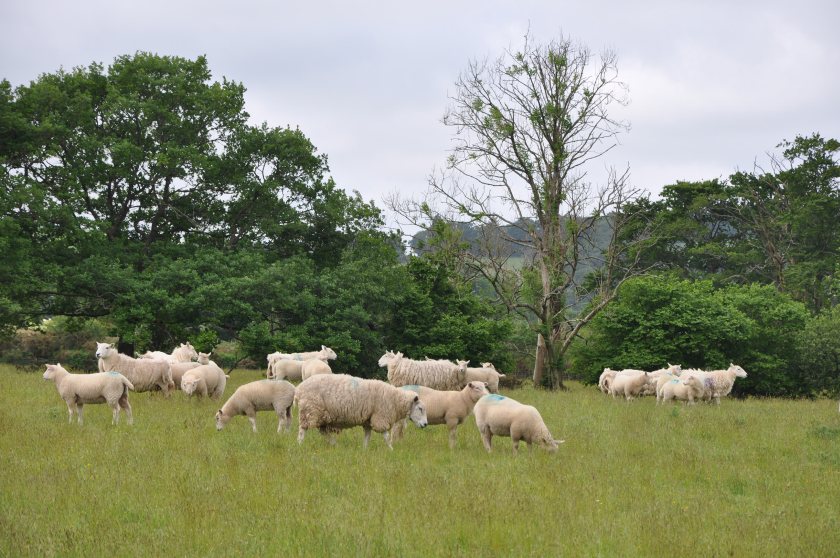
Welsh sheep farmers have slashed lameness by more than half — cutting costs by £54,000 a year and dramatically reducing antibiotic use — following a groundbreaking industry collaboration.
The initiative, launched in 2022 by Sainsbury’s, Dunbia and MSD Animal Health, involved just under 6,000 ewes across hill, upland and lowland systems.
It aimed to bring flock lameness closer to the 2% target set by the Farm Animal Welfare Committee (FAWC), while also reducing reliance on antimicrobials.
By 2025, average lameness across the participating farms had dropped from 6.3% to 2.7%, thanks to strict adherence to the industry-recognised Five Point Plan: treat, cull, avoid, quarantine, and vaccinate.
The farms also used MSD Animal Health’s sheep lameness control planner for regular monitoring.
“The plan provides a clear framework for tackling lameness and, when implemented properly, builds resilience, reduces infection pressure and improves immunity,” said Sonja van Dijk, from MSD Animal Health.
“All ten farms improved their lameness control scores by 94%, rising from 12 to 23 out of 25 — and that translated directly into healthier sheep and financial gains.”
Prior to the intervention, lameness was estimated to cost the farms a combined £84,000 annually in productivity losses and veterinary costs. That figure dropped to £30,000 by the end of the project — a saving of £54,000 per year.
Vaccination with Footvax® emerged as a key success factor. “Vaccination cost just £2.58* per ewe per year yet delivered savings of £11.42 per ewe — more than a fourfold return,” said Ms van Dijk.
Among the participating farms was Gerwyn Evans' 640-acre hill unit near Tregaron, Ceredigion, where he runs 950 Welsh and Welsh cross ewes and 220 ewe lamb replacements. His flock’s lameness rate fell from 8.8% in 2022 to just 0.8% by the end of 2024.
“We’re delighted that lameness has fallen to such a manageable level, especially through some of the wettest weather we’ve ever had,” said Mr Evans.
“This has always been our biggest flock health challenge — and our daughters were spending hours catching and treating lame sheep.
"But being part of the project helped us really focus on the issue. The difference has been transformative.”
The Evans family has now tightened biosecurity measures, including stricter culling of repeat offenders and quarantining incoming rams for at least four weeks.
“Vaccination has made a huge difference too — we started Footvax® in 2023. It’s a no-brainer — vaccine is far cheaper than constant use of antibiotics, which we want to move away from anyway,” added Mr Evans.
Leisia Tudor, agriculture manager at Dunbia, emphasised the wider benefits of proactive lameness control: “When you see the impact the Five Point Plan has had, it’s clear this is about more than just treating lame sheep,” she said.
“The farmers who are part of this project are seeing fewer losses, spending less time on treatments, reducing their antibiotic usage, and improving overall efficiency — all of which contribute to a lower carbon footprint.
“This kind of proactive health management is one of the aspects that contributes towards sustainable livestock production, and we’re pleased to be supporting farmers on that journey.”
